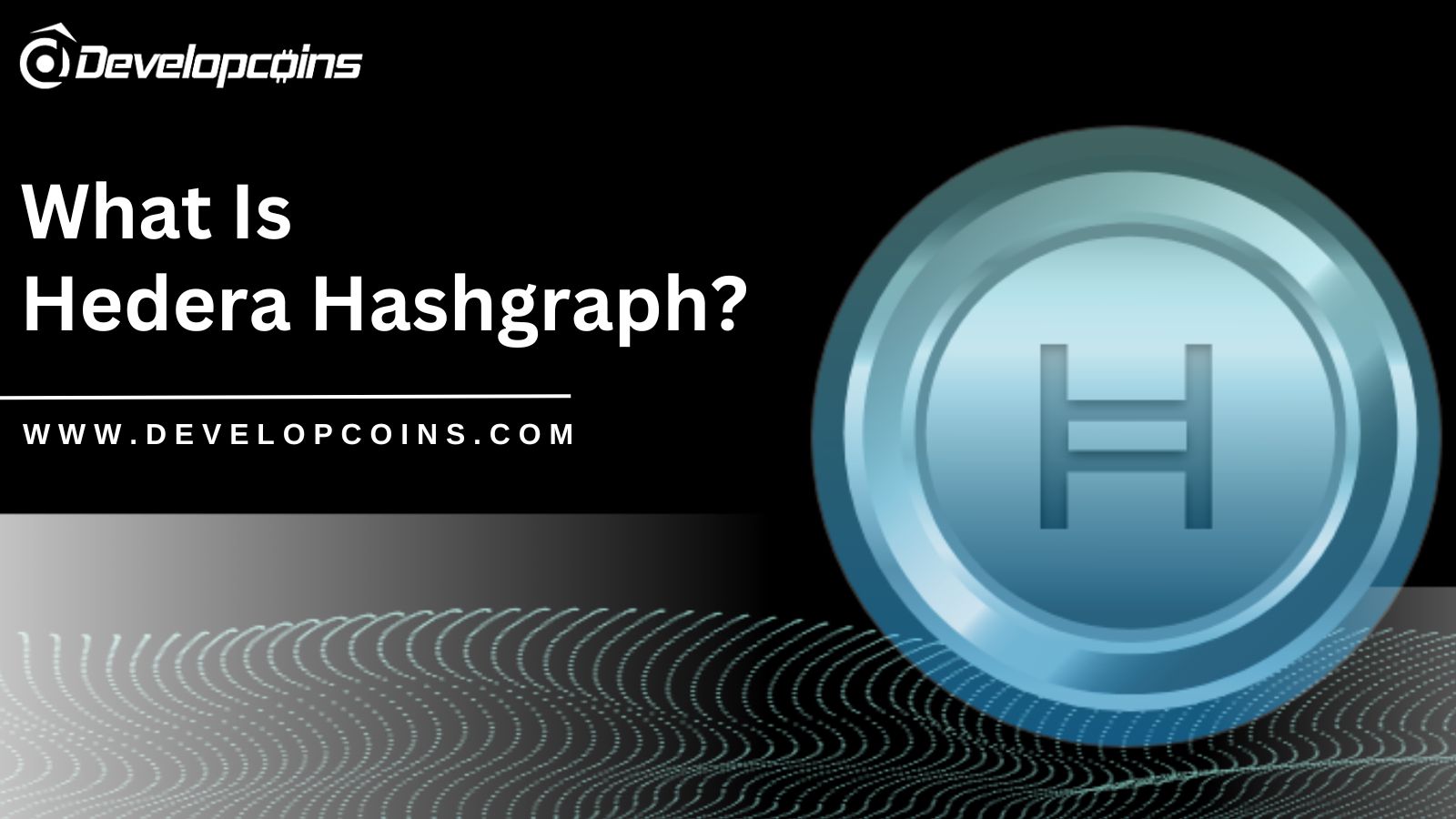

Explore about Hedera Hashgraph network and understand its working mechanism in detail.

Hedera is built for fast, fair, safe and secure applications to harness the power of Hashgraph over a decentralized public network that you(users) can trust.
Hedera is an ecosystem platform that delivers a swifter and more secure application that is developed as an alternative to traditional blockchain. Hedera is designed by keeping in mind the future users of the blockchain. Hedera engineers create the application with the highest level of security with the hashgraph consensus protocol. Consensus is a vital and challenging part of any blockchain. With Hedera, users can transact millions within seconds which no other blockchain can perform.
Hedera is a distributed ledger used to create and deploy microservices and decentralized applications. Enforcing Hedera network services like Consensus, Tokens, Smart Contracts, and File Services - a prime hashgraph consensus algorithm used to create applications with fair ordering, high throughput, and low-latency consensus finality in seconds without depending on centralized space. Hedera network is made up of permissioned nodes operated by Hedera Governing Council which is a group of term-limited enterprises that guides the direction of the network. After a while, the network will shift to a permissionless model.
The hashgraph consensus algorithm permits usage of distributed consensus in an innovative, efficient way. Hashgraph consensus algorithm and hashgraph data structure provide a new medium for distributed consensus that is fair, fast and secure. The primary aim of a distributed consensus algorithm is to permit a community of users to agree on certain orders by which users generate transactions due to certain trust issues. This is a way to generate trust when individuals and users don't trust each other. In hashgraph, each transaction is incorporated into the ledger and ensures nothing is left unrecorded thereby more efficient than any other platform.
Initiate your own Hedera network with 3 steps: Create a free development account, set up your environment, and get used to it by trying certain tutorials.
1. Get a free development account
Start your free Hedera test network(testnet) by signing in to Hedera Developer Portal to start your own testnet account. This is loaded with 10,000 fake hbar every 24 hours which provides users a room for testing. The cost of transactions on Hedera main network(mainnet) is paid in real hbar. Create a mainnet account with any supported wallet before deploying your application to the mainnet.
2. Set Up Your Environment
Reach the section "getting started" of the documentation and follow the instructions and set up your development environment in your preferred language. Users can use the documentation regularly as it contains details and samples of each functionality. This documentation is useful for creating smart contracts, creating a token with Hedera Token Service (HTS), and creating a topic using Hedera Consensus Service (HCS).
3. Try It Out
After the initial process refers to some basic tutorials and examples as a reference for Hedera. The best way to expert a new topic is by running examples.
Hedera Hashgraph network is purely based on an idea from graph theory called directed acyclic graphs. They help in the creation of data structure and flow that never loop back to prior states. By using it as a foundation for a distributed open ledger, acyclic graphs guarantee that the transactions cannot be altered once its added to the network.
Hedera uses graphs and negotiations within nodes to execute an asynchronous byzantine fault-tolerant (ABFT) consensus algorithm. This algorithm is used as an alternative to the slow, clunky, cryptography-based mechanisms operated by blockchain-based ledgers. Hedera says ABFT consensus is more efficient, equitable, and secure than traditional transaction-verification methods where the transactions deny on a network of low cost and energy consumption. This asynchronous byzantine fault-tolerant technology makes Hedera hashgraph network more secure.Hedera uses a protocol called “gossip about gossip” to substantiate the time sequence and its validity priorly before adding transactions individually than adding a bundle of transactions to the network as blocks.
HBAR is an energy-efficient cryptocurrency of Hedera that provides a decentralized economy. HBAR runs on the Hedera Hashgraph network and it supports smart contracts, hence a potential host for distributed apps in finance and other fields. Smart contracts permit developers to develop applications that help in the transfer of value and goods without any third party/intermediaries like banks or stock exchanges. This is mostly faster at a reasonable cost and more secure than real-world conventional contracts.
Hope this blog has shared a lot of useful information to you. In case of any doubts, our team is here to help you. At Developcoins, as a leading Hedera Hashgraph development company, we will guide you and provide tech support and can integrate Hedera network with your application.
Contact us via
Email: sales@developcoins.com
WhatsApp: +91 9500766617